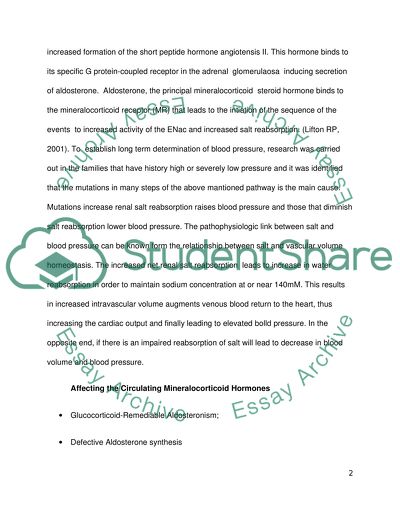Cite this document
(“The Physiology and Pharmacology of Hypertension Essay - 1”, n.d.)
The Physiology and Pharmacology of Hypertension Essay - 1. Retrieved from https://studentshare.org/health-sciences-medicine/1544270-describe-the-physiology-and-pharmacology-of-hypertension
The Physiology and Pharmacology of Hypertension Essay - 1. Retrieved from https://studentshare.org/health-sciences-medicine/1544270-describe-the-physiology-and-pharmacology-of-hypertension
(The Physiology and Pharmacology of Hypertension Essay - 1)
The Physiology and Pharmacology of Hypertension Essay - 1. https://studentshare.org/health-sciences-medicine/1544270-describe-the-physiology-and-pharmacology-of-hypertension.
The Physiology and Pharmacology of Hypertension Essay - 1. https://studentshare.org/health-sciences-medicine/1544270-describe-the-physiology-and-pharmacology-of-hypertension.
“The Physiology and Pharmacology of Hypertension Essay - 1”, n.d. https://studentshare.org/health-sciences-medicine/1544270-describe-the-physiology-and-pharmacology-of-hypertension.


